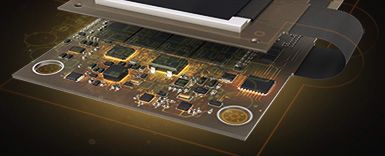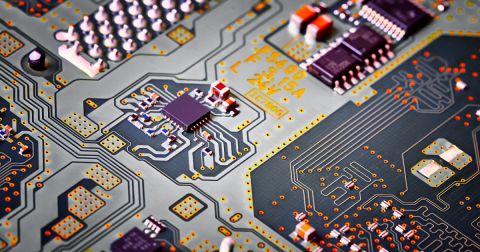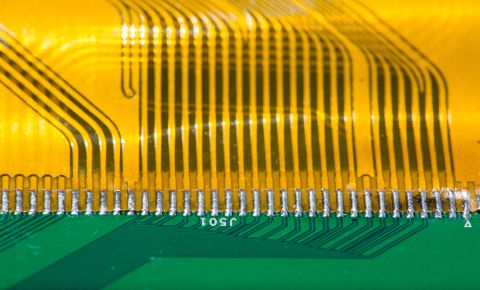Using 3D STEP Models to Reduce PCB Design Respins

Integrating mechanical design workflows into electrical design tools has become a necessary component of today’s successful PCB design processes. But transferring inaccurate design data back and forth between the ECAD and MCAD worlds can not only cause frustrations felt by both design teams but can also drastically increase the number of design spins required to fit a PCB into its final assembly. Regardless of the electrical design tool’s 3D capabilities, accurate component 3D modeling information is crucial to the success of this process.
Why 3D STEP Models?
Integrating mechanical design workflows into electrical design tools has become a necessary component of today’s successful PCB design processes. But transferring inaccurate design data back and forth between the ECAD and MCAD worlds can not only cause frustrations felt by both design teams but can also drastically increase the number of design spins required to fit a PCB into its final assembly. Regardless of the electrical design tool’s 3D capabilities, accurate component 3D modeling information is crucial to the success of this process.
What Is the Issue Here?
MCAD tools traditionally supply all mechanical data, but some still rely on antiquated methods like DXF or IDF files to exchange that data. While IDF can be useful for creating simple extrusions of component bodies many details are missed because of the limitations of the IDF file. STEP model integration provides a significantly higher level of 3-dimensional data that can not only be passed over to the MCAD world but can also be used directly in your ECAD tool.
Integration methods for STEP models can differ between toolsets. It is important that the model can be easily imported into the footprint while also having the ability to be visually manipulated in the 3D environment. Having to switch between the PCB tool and a different 3D viewing environment can add yet another hurdle to this process.
Solution
Adding and manipulating 3D models in a Native 3D™ design environment like Altium Designer® makes the unification of the ECAD and MCAD worlds as efficient as possible. Download a free whitepaper about Embedding a 3D STEP Model in a Footprint White Paper to find out how to reduce the number of required design spins while ensuring that your board fits right the first time.
About Author
About Author
Dave has been an Applications Engineer for 20 years in the EDA industry. He started in 1995 at a mid-Atlantic reseller that represented PADS Software, ViewLogic, and a host of other EDA tools. He moved on to work directly for PADS Software, and stayed on as they were acquired by Innoveda and then by Mentor Graphics. He and a business partner formed a VAR of their own in 2003 (Atlantic EDA Solutions) to represent Mentor's PADS channel, and later on Cadence's OrCAD and Allegro products. Since 2008, Dave has been working directly for Altium and is based at his home office in New Jersey.
Related Resources
Related Technical Documentation
Table of Contents
Altium is transforming the electronics industry so thoroughly that our web pages need a minute to catch up. For a short time, some information on this page may be outdated.
We appreciate your patience. It will be worth the wait!
Learn More










